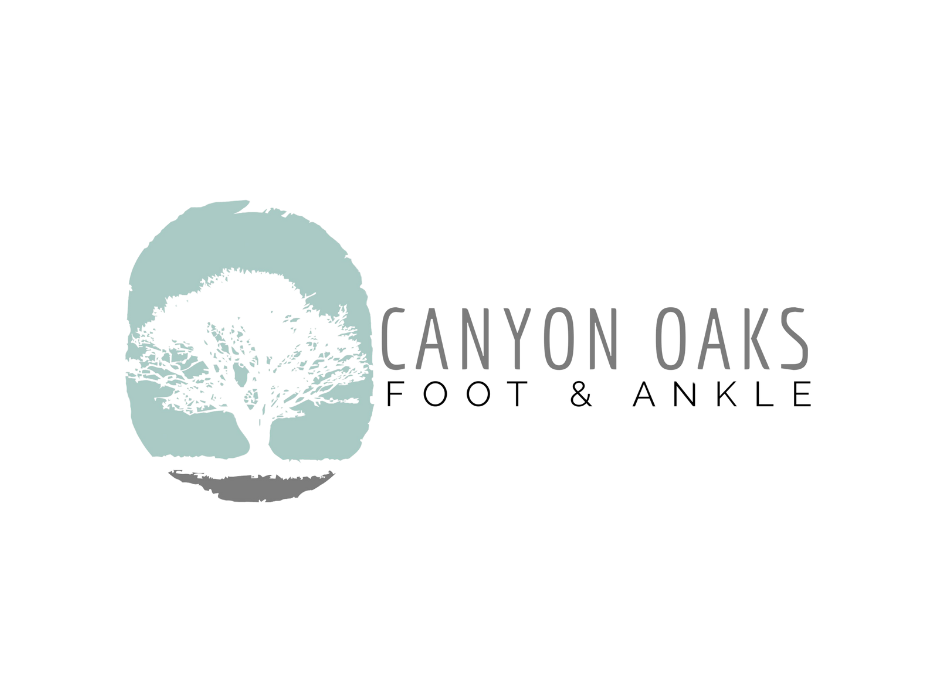Also known as ‘os tibiale externum’ or ‘os navicularum’, accessory navicular syndrome refers to a congenital abnormality related to the growth of an extra bone within the foot.
This additional piece of bone is not present in a normal human foot and grows toward the middle inner part of the foot near the navicular bone.
Since many cases of accessory navicular syndrome are asymptomatic, thus going undetected and unreported, it is difficult the estimate the amount of the population affected by this birth defect.
However, St. Louis Children’s Hospital estimates that “This bone may be present in approximately 2.5% of the general population”.
What are the symptoms of accessory navicular syndrome and what podiatric treatment options exist for those affected by this syndrome?
Symptoms of Accessory Navicular Syndrome
While many people who have accessory navicular syndrom are unaware because they have never experienced symptoms, other patients with the condition often begin to notice symptoms during their teen years or later on in adulthood.
“Many people with accessory navicular syndrome also have flat feet (fallen arches). Having a flat foot puts more strain on the posterior tibial tendon, which can produce inflammation or irritation of the accessory navicular,” says the American College of Foot and Ankle Surgeons.
Additionally, patients with accessory navicular syndrome may only begin to notice irritation when wearing ill-fitting or uncomfortable footwear, as it rubs against the extra bone.
Accessory Navicular Syndrome Symptoms:
- Feeling bony bump on the inside of the foot where it arches
- Experiencing irritation, pain, or even redness and swelling around the bump
- Suffering pain in the arch of the foot, especially after increased activity
Trauma to the foot, such as injury or overuse can exacerbate this condition and cause symptoms that were not previously experienced by a patient with accessory navicular syndrome. This makes athletes with the syndrome at a higher risk of experiencing related symptoms.
Treatment for Accessory Navicular Syndrome
If you suspect you have ANS, the first step is a visit to your podiatrist. After performing an exam and analyzing any related complications, your foot doctor can create a custom treatment plan to alleviate pain and correct the condition.
“Initial treatment is conservative. With the first episode of symptoms, a medial heel wedge, anti-inflammatories, and physical therapy can be helpful. If very painful, a cast or boot may be needed for a short period time before the wedge and physical therapy can be initiated,” explains Selene G. Parekh, MD in an article posted by the American Academy of Orthopaedic Surgeons.
In many cases, resting the foot, a change in footwear, and physical therapy work to sufficiently to eradicate pain caused by the condition.
In the less likely case that such initial attempts to treat ANS are unsuccessful, surgical correction can also be considered.
Foot Doctor in the Central Valley
Our team of specialists here at Canyon Oaks Foot & Ankle has experience in treating all manner of foot-related conditions.
We provide compassionate care for all of our patients and are very conservative when it comes to surgery. Before recommending any surgery, we work to explore realistic alternatives to help you find the best, and least invasive solution to treat foot pain.
If you are dealing with accessory navicular syndrome or any other condition causing your pain in your feet, make an appointment at one of our clinics in Fresno, Porterville, or Visalia. We will be happy to help you get on the road to recovery.

